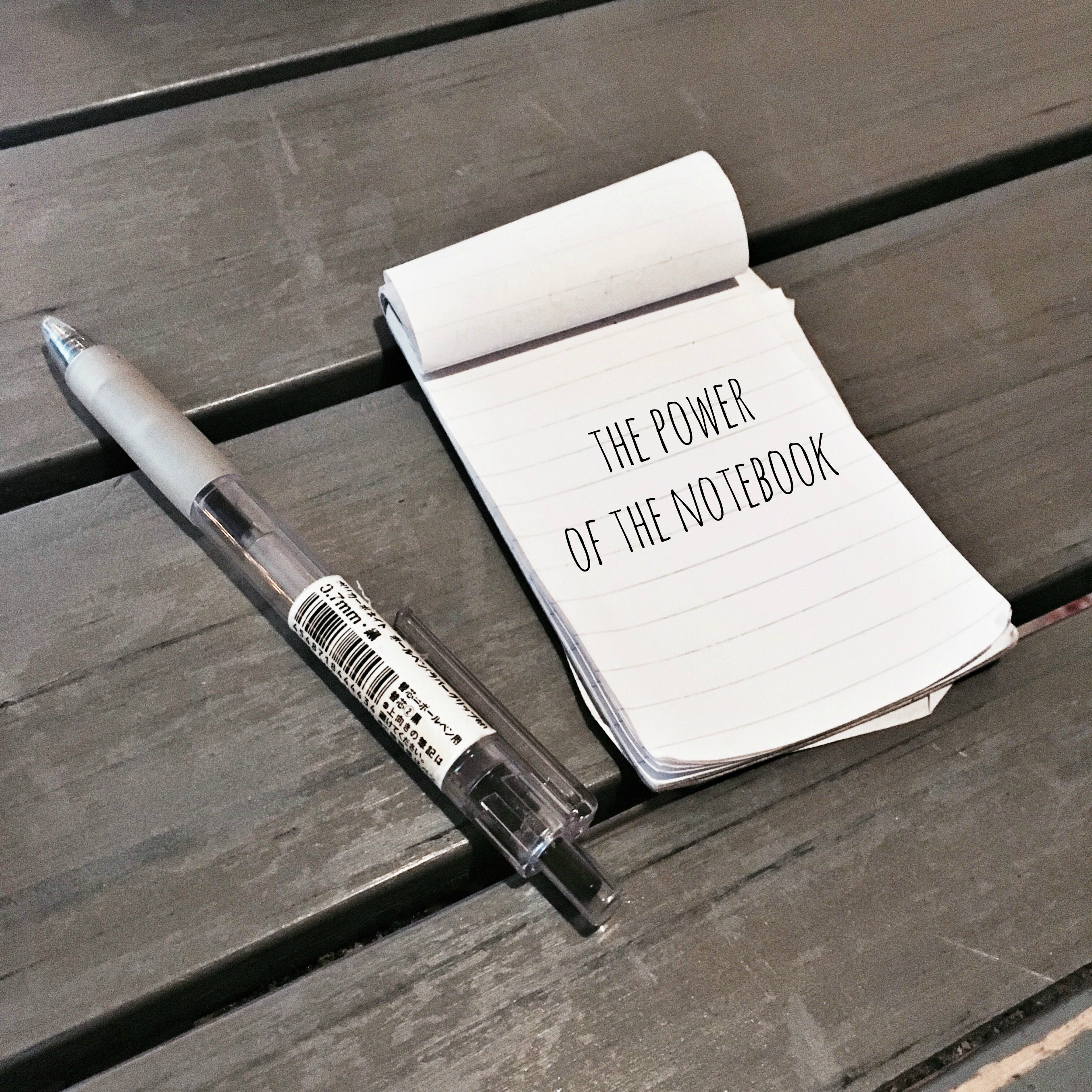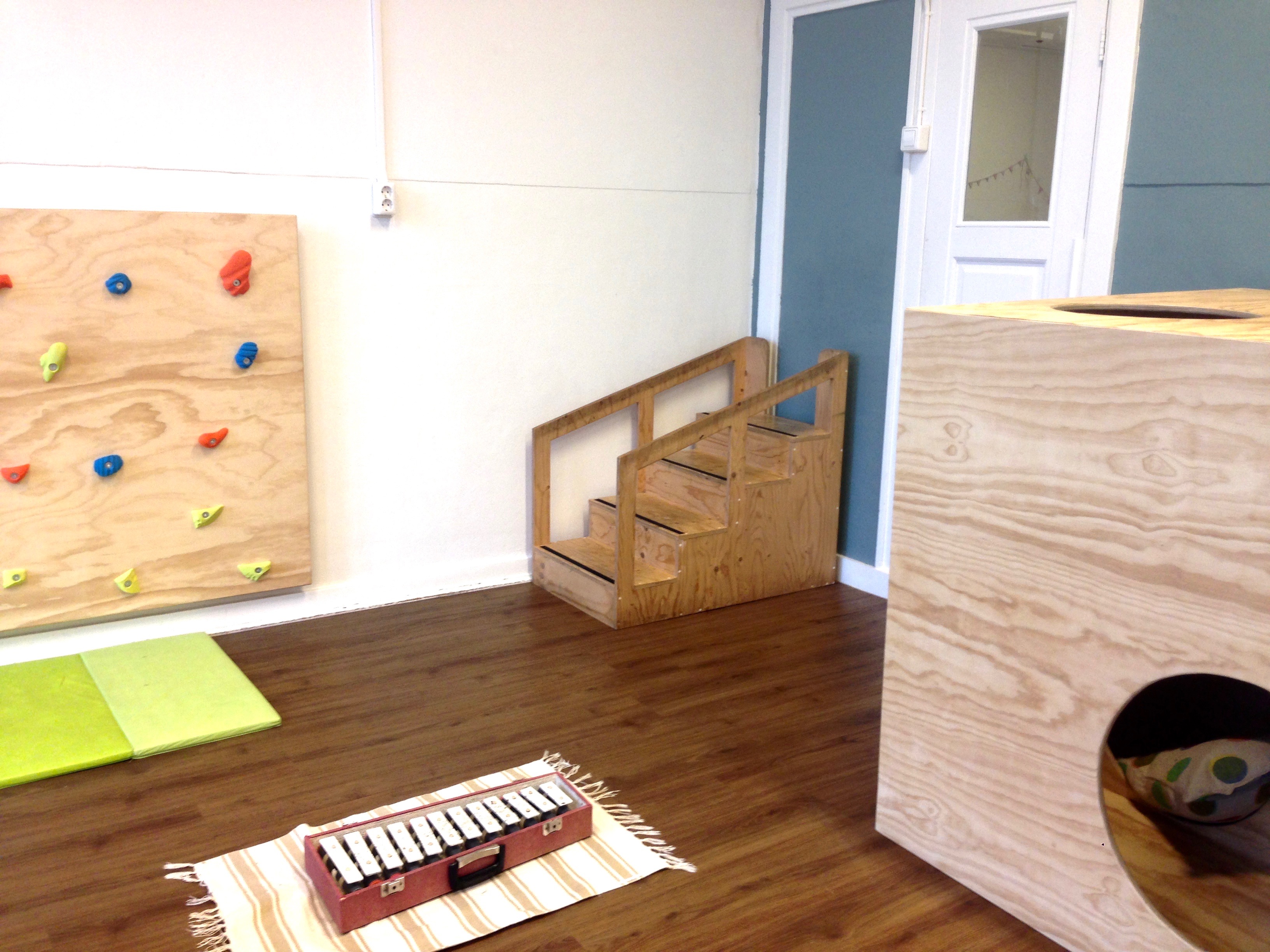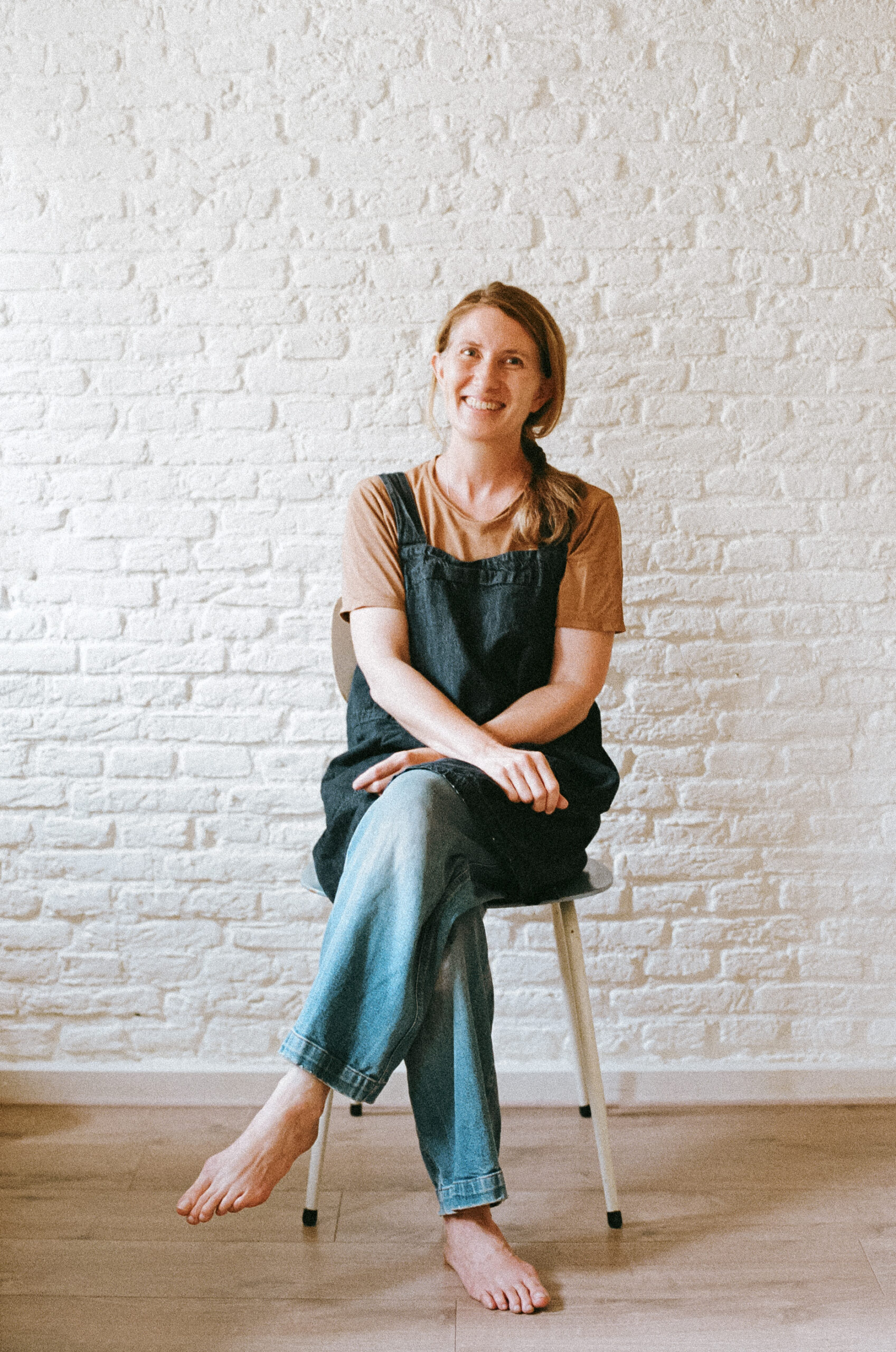Where to do Montessori training
Hi everyone,
Today I’m feeling like a bit of musing. So here’s 3 things that keep coming up at the moment.
1. The power of the notebook
Do you know what I have in the pocket of my apron in my class? A handy dandy notebook! Yes, good old fashioned paper and pen.
Today I wanted to share with you a quick tip I use all the time as a Montessori teacher.

The notebook is most helpful for me to make notes for things I need to remember, I can tear out a piece of paper to write down something for a parent, but most importantly, I use my notebook to make a child feel HEARD.
How?
Let me give you an example. A child doesn’t want to leave class. They are holding on tight to the horse from the farm. And their parent needs to get going.
I get down to their height. At that moment they are usually feeling a little emotional so I connect first with empathy, right brain to right brain* (thanks Dan Siegel). “You really wanted to play with the horse? I can see it’s hard to let him go.” I wait to see the child relax a little.
Then I move to acknowledging this feeling by writing it down. Sometimes I attempt to draw a picture. And I talk as I write, “you really want to play with the horse. There. I’ve written it down.”
Then I tear out the paper and hand it to the child, “Shall we swap? I’ll give you this paper and then next time you’ll remember you really want to play with the horse.”
And many times that is it. They take the piece of paper and give me the horse. I’ve even had a time when a child did remember to bring it with them the following week.
Why it works?
When I write something on paper, the child really knows I’ve heard them. Their feelings are valid. I’m allowing all their feelings, even the bad ones.
Writing it down makes it feel important. We are equal in that moment. I’m not trying to make anything happen. No manipulation. No tricks.
Just listening. And writing it down. Really listening to them.
Not surprising then, with my love of notebooks, that my blog is called The Montessori Notebook eh?
* for more read, “The Whole Brain Child, by Dr Dan Siegel”
2. I need to move, I need to explore, and I’m driving my parents crazy!
There seems to be a common theme with families in my classes at the moment. We are in the middle of winter, you’ve already spent some time in the park but it gets cold and wet after an hour, and back home the kids start climbing the walls (mostly figuratively, but sometimes literally).
Why?
First it’s important to understand that your child is not deliberately trying to wind you up. Exploration and climbing are important for young children. This trying period often comes once a child is able to walk well and they want to physically challenge themselves.
Have you heard the term “maximum effort”? They need to work their bodies to their limits. You’ll find them carrying heavy objects, your heavy bag, needing to move furniture etc.
What to do?
When they start climbing on the table for the 10th time in 10 minutes, take a deep breath and try some of these ideas that I came up with two mums this morning in class (thanks Doreen and Stephanie for the inspiration!):
- Tell them what you want them to do – “Keep your feet on the floor” instead of “Don’t climb on the table”.
- Write a note – make a sign on the table with a picture of someone climbing and a red circle with a line through it. You can point to the sign and say, “it says no climbing”. Then it’s the sign, not you, having to tell them to stop.
- Set up an obstacle course – collect pillows, blankets, make tunnels, slides, pillow towers etc. Get creative.
- Set up a safe space – I love how Janet Lansbury calls these “yes” spaces. I’m all about the child being able to explore freely in all areas of the house. But it is also important for both your child and yourself to have one area of the home where they can explore freely without limitations.This can be useful when you need to use the bathroom, feed the baby, or just take a 5 minute breather. I’d make most things at your child’s height safe for them to touch. Or move things out of reach. Or move something to block their access to a television, glass cabinet or easy to open drawers that are proving too tempting.
- Let them climb all the stairs – in Amsterdam we are not short of stairs. Use this to your advantage and have them climb the stairs to the 3rd floor to work off some of their energy.
- Get them to move heavy things from room to room – get them to help you collect things from around the house for the obstacle course. Then get them to help put them back at the end. Get them to help carry the shopping, move cans from one place to another, fill a small suitcase for them to carry from place to place etc.I once watched a video of a Japanese Montessori school where the children would carry potatoes in a wire basket on their back across the field to use “maximum effort”.
- Make a climbing wall or a climbing frame. The climbing wall in our classroom has been great. You can see every muscle of their body at work. If you are handy, making one for at home is definitely an option! I’d still love to make a Pikler triangle for our class too. I love Ananda Montessori’s new one here.

- Get them to run up and down the hall or around the living room while you count for them.
- Set up a throwing game – small bean bags can be thrown in a hoop, or you can use soft balls in the house if the environment allows.
- Have a pillow fight OR do rough and tumble games OR put some mattresses on the floor where they can jump – think of games with lots of movement where they can use their energy in a safe way.
What are your favourite things to do with energetic toddlers who love to climb? I’d love to hear.
3. Where to do Montessori training?
It’s exciting to hear from a lot of people who are thinking about becoming a Montessori teacher. So I’m being asked where to do Montessori training.
The name Montessori has not been copyrighted so you get a wide variety of Montessori training (and Montessori schools). For the most authentic training, I would choose AMI or AMS training. But it is best to ask schools in your area what they recommend as there are preferences based on region.
In Sydney, for example, I was told they really like AMI training. In some areas of the US, they prefer AMS. And other areas don’t mind if you only have a long-distance training. So the best thing I can recommend is to ask the schools where you might hope to work one day.
Here is a brief overview of some of the most respected Montessori training programs.
Association Montessori Internationale (AMI)
I did my training through AMI. This is the training organisation that Dr Montessori’s family established to maintain the integrity of Montessori training. It’s done in person which I think is very valuable and there is a large practical component working with, and making, materials. However the training may not be held in your area and it can be expensive. From Amsterdam, the closest training centres are in London, Paris or Prague. There are more centres in the US.
Here in Amsterdam, Heidi from 2Voices is now running regular AMI Assistants training for 0-3 year olds. It’s 60 hours and is an in depth introduction for those interested.
American Montessori Society (AMS)
Founded in 1960, the AMS set out to revive American interest in Montessori education and have very well respected training programs. They also give certification to schools and their programs are considered high quality in the Montessori world.
Others
I don’t have any personal experience with these but understand they have some good training programs. I would be a little hesitant to recommend online training as I found the in person training so valuable. But if you have little option locally, this may be a good place to start.
* MEPI – Montessori Educational Programmes International – based in the USA, with some European locations
* St. Nicholas – well-respected establishment in Ireland and recommended by fellow Montessorians. Full-time & part-time courses with modules available online.
* CGMS Online – Tim Seldin is a respected Montessori teacher who has set up this online training. I had not heard of it but have heard good things.
* Montessori Group (formerly MCI) – based in the UK with distance learning options and practice teaching requirements. I heard one teacher who moved to 6 different Countries and all have accepted the MCI diploma. From what I have heard, it has a slightly more flexible interpretation.
Hoping these musings are useful to you depending on where you are at in your Montessori journey.
I’ll be back soon with more Montessori inspiration to help you be the calm Montessori parent you hope to be and to raise curious, happy and responsible children.
Warmest wishes,
Simone

Simone Davies has more than 20 years’ experience as an AMI Montessori educator. Simone is the author of “The Montessori Toddler” and co-author of “The Montessori Baby” and “The Montessori Child” books, comprehensive guides to raising children in a Montessori way. She currently runs parent-child Montessori classes in Amsterdam at her school Jacaranda Tree Montessori. She also has a popular blog, instagram and podcast “The Montessori Notebook” and is mother to two young adults.